Fairlawn Mansion - Young Building
Introduction
Text-to-speech Audio
Images
The front of Fairlawn Estate facing Bellevue Avenue.
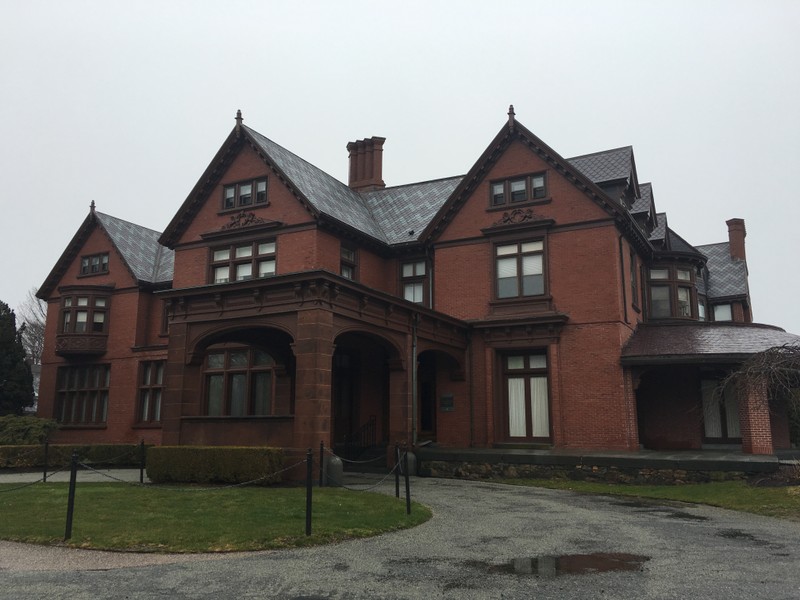
The dedication plaque from Salve Regina University to benefactors Anita O'Keefe and Robert R. Young. This plague faces Bellevue Avenue and hangs to the right of the front door of what is now referred to as the Young Building/ Pell Center.

This is the foyer of Fairlawn Estate of which the elegant chandler hangs and the intricate woodwork greets each visitor.
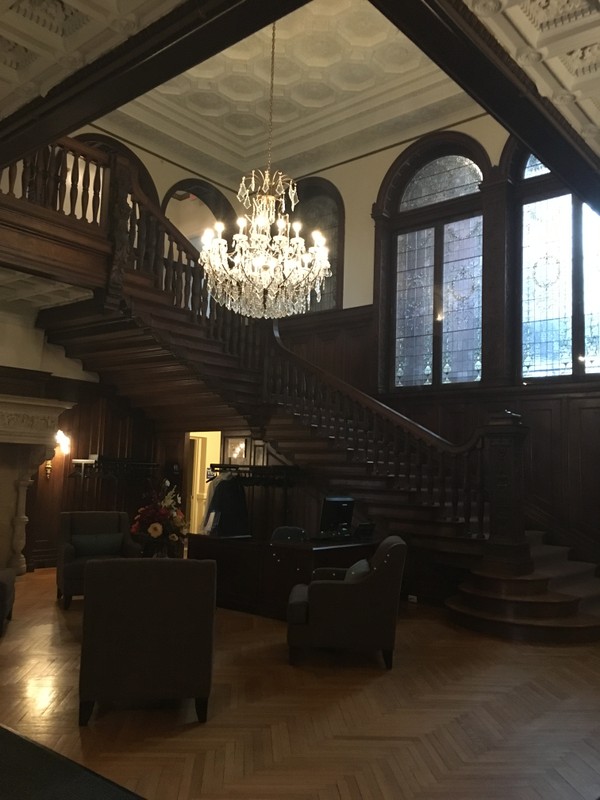
This is one of the many marble fireplaces in Fairlawn Estate. This fireplace is located in the foyer.
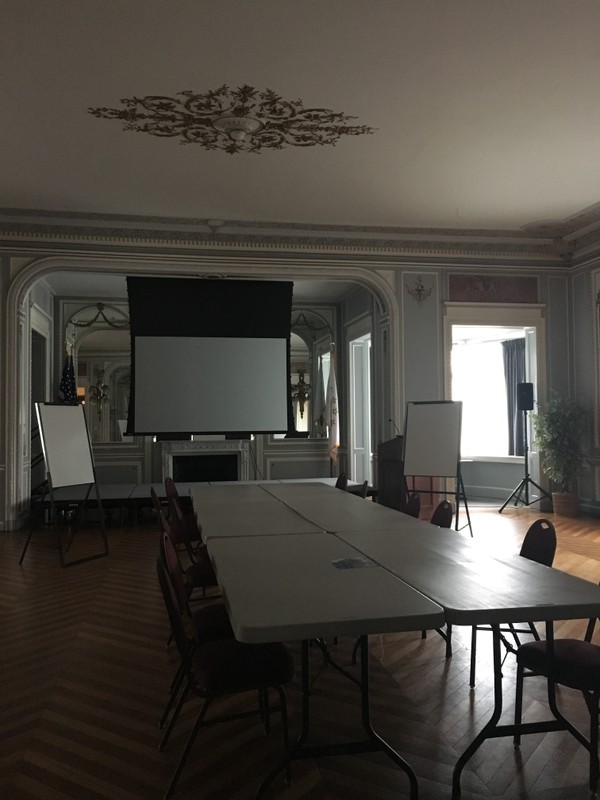
These are one of the many oil paintings that adorn the walls and ceilings of Fairlawn.
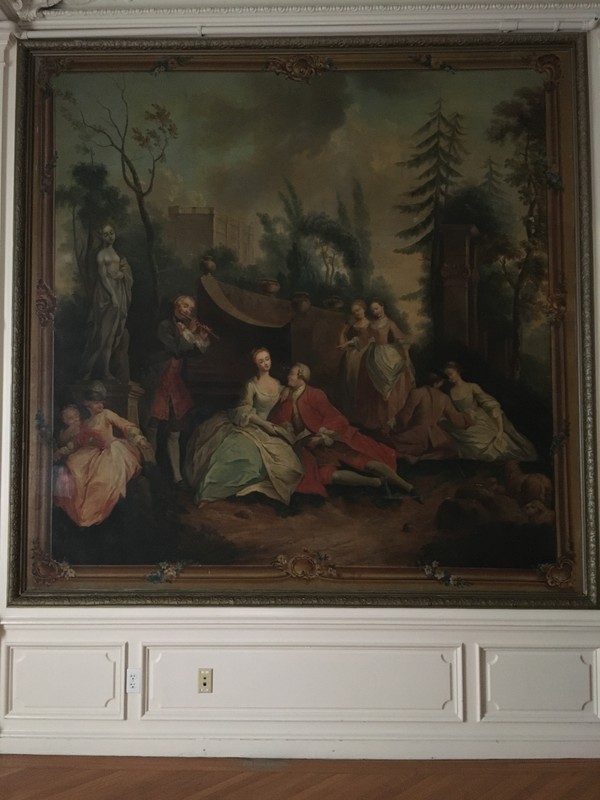
This is one of the many marble fireplaces in Fairlawn Estate. This fireplace is located in the foyer.
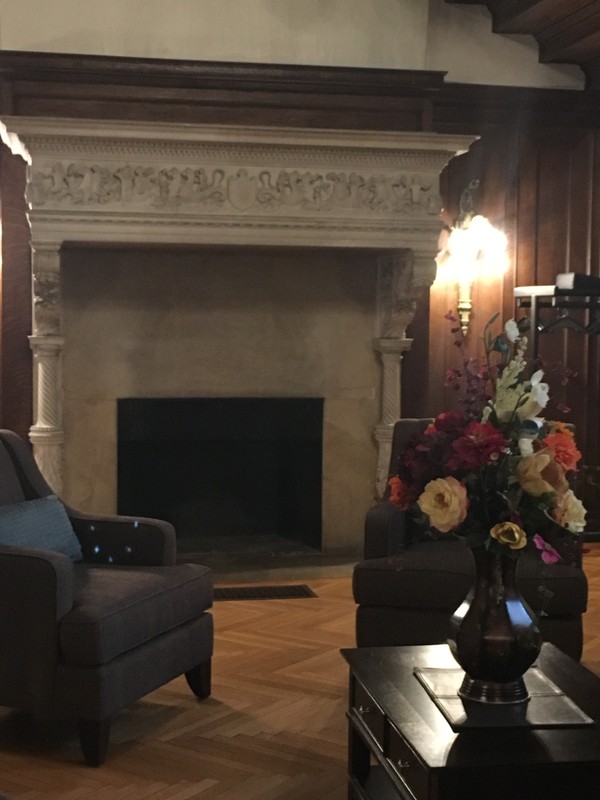
Backstory and Context
Text-to-speech Audio
Fairlawn mansion that is located on the famous Bellevue in Newport, Rhode Island has an intricate history beginning in the 1850s. It was one of the first out of eleven mansions to be constructed on Bellevue Avenue. This impressive estate was commissioned by Andrew Ritchie, a Boston attorney. Throughout the years, the mansion endured several different owners. It is currently owned by Salve Regina University who named the estate to honor benefactor Robert. R. Young in 1997. The basement and second through third floors are used as a dormitory for the university’s undergraduate students. However, the first floor of the building is referred to as the Pell Center in honor of Senator Pell. The Center focuses on research for international relations and public policy.
The estate has endured many changes in its architecture. Fairlawn architectural evolution over the years demonstrates the trends in which prominent members of Gilded Age society kept up with. Fairlawn was constructed in 1852 by architect Seth Bradford. The original design of the estate reflects the Elizabethan influence. However, in 1869 the estate was acquired by United States vice president Levi. P Morton, who hired Richard Morris Hunt to add a ballroom onto the house for when President Benjamin Harris visited. This expansion transformed the building to a more English Tudor style house, which stuck out among the more popular Italianate influenced estates in Newport.
Later, the property was bought by Townsend Burden who was a key player in New York politics, but made his fortune in the iron industry. It is said that his wife introduced the Gilded Age court jester, Harry Lehr, to the Newport party scene. It has also been said that Eleanor Roosevelt hosted her Debutante ball at Fairlawn. Under Burden, the estate evolved into a shining example of Queen-Anne style architecture. Two prominent architectural firms, McKim, Mead, and White and Peabody and Stearns, designed Fairlawn's evolution. The building has many classic features such as multiple stories, medium pitched roofs, a formal entrance hall, towers, and wrap-around porch. The windows demonstrate the elegance and intricacy of the Queen-Anne’s style. Fairlawn also features Tiffany Co. stained glass windows. This architectural style became popular in the mid- 1800s and became even more ornate as the century went on. However, such style started to lose its influence after 1900 as other styles emerged, such as the bungalow, American Foursquare, and other modern styles.
The Fairlawn estate fits perfectly into the Gilded Age aesthetic of Newport. Like many other of the picturesque mansions that adorn the northeastern coast. Fairlawn history sets it apart from the rest of the Newport estates because of its architectural evolution which is significant when tracing American architectural trends.The estate provides a history that reflects the modern evolution of culture from Gilded age to present day.
Cite This Entry
Grayce Rogers and Jon Marcoux. "Fairlawn Mansion - Young Building." Clio: Your Guide to History. April 21, 2017. Accessed April 14, 2025. https://theclio.com/entry/35660
Sources
A Guide to Newport's Cliff Walk: Tales of Seaside Mansions and the Gilded Age Elite
Antique Home Style: Queen Anne Style 1876 to 1915
A Walking Tour of Salve Regina University; From Gilded Age Estates to Inspired Education
McKim, Mead, and White. The Architecture of McKim, Mead, and White in Photographs, Plans, and Elevations.
Newport History: Bulletin of the Newport Historical Society
Salve Regina University: Young Building

